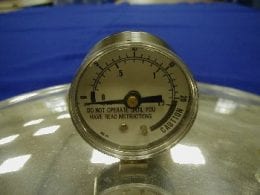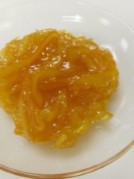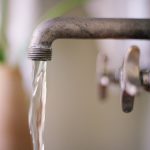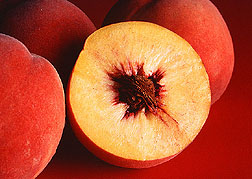 Summer is still in full force, but fall and winter are on their way! Soup is a great way to warm up a chilly day.
Summer is still in full force, but fall and winter are on their way! Soup is a great way to warm up a chilly day.
Canning soup can be done with ingredients that already have separate canning recommendations. This includes a variety of vegetables, dried beans or peas, meat, poultry, or seafood based soups. These soups must be pressure canned.
Caution: Do not add noodles or other pasta, rice, flour, cream, milk or other thickening agents to home canned soups. If dried beans or peas are used, they must be fully rehydrated first.
For instructions, see https://nchfp.uga.edu/how/can_04/soups.html and https://nchfp.uga.edu/publications/nchfp/factsheets/soups.html
For instructions on canning meat, chicken, or turkey stock, see https://nchfp.uga.edu/how/can5_meat.html




